One Month Into Fatherhood, I Had a Heart Attack at 33—These Are the Signs I Wish I Hadn’t Ignored
It happened on an ordinary Monday.
I was 33, healthy by most standards, and had just become a father. Life felt full — busy, yes, but under control. So when I collapsed on 16 December 2019, with a heart attack, I wasn’t just shocked. I was confused. How could this happen to someone my age?
I’m Ram, a corporate professional working in the infrastructure sector, posted in central India for the last five years. People often ask me, “Is your job stressful?”
After that day, I’ve spent a lot of time trying to answer that—not just with logic, but with honesty. Because the truth is, sometimes the stress we carry isn’t loud. It’s invisible. It builds silently, behind the scenes, until your body decides it can’t carry the weight anymore.
2019: A different year for me
That year changed everything.
My wife and I welcomed our first child — a beautiful, life-altering moment. But with that joy came sleepless nights, unpredictable routines, and a complete shift in the life I had known until then.
People had warned me, “Life changes after a baby”. And it did — but not just in ways I expected. I brushed it off, thinking, this is normal, this is what everyone goes through. So I didn’t stop. I didn’t pause. I simply adjusted, pushed through, and carried on — the way many of us are taught to.
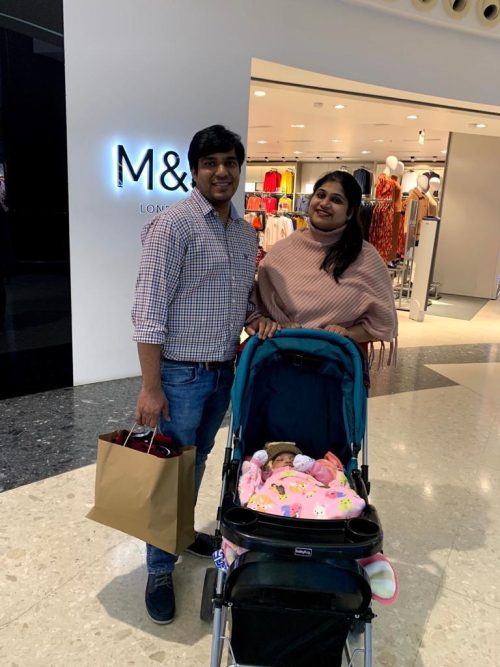 A week prior to Ram’s heart attack.
A week prior to Ram’s heart attack.
I was always tired — restless, low on energy, and drained in a way that sleep never seemed to fix. With a newborn at home, I assumed it was just the usual exhaustion that came with being a new parent.
I chalked it up to disrupted nights and new responsibilities. Not once did it occur to me that something more serious might be going on. I didn’t listen to the signals my body was trying to send — because when you’re caught up in the chaos of daily life, it’s easy to ignore the quiet warnings.
On the day of the heart attack
It was a regular Monday morning — calm, uneventful, even comforting in its routine. I had just spent a lovely weekend with my wife and newborn, and was easing into the week feeling content.
I woke up at 6:00 am, like always. By 7:30, I was getting ready for work. Breakfast was my usual — a bowl of dalia porridge — nothing out of the ordinary. By 10:00 am, I was at my desk, diving into emails, unaware that within a few hours, everything would change.
It was a cold morning in Bhopal. As I parked my car and walked toward the office building, something felt off. A strange uneasiness settled over me — not pain, just a growing discomfort I couldn’t quite explain.
By the time I reached my desk, I was breathless. I sat down, opened my laptop, and tried to shake it off. But the feeling only worsened. My chest felt tight, and each breath took more effort than the last. I reclined in my chair, hoping it would pass — not realising I was already in the middle of something far more serious.
Nothing helped.
The watch on my left hand started feeling heavy
Suddenly, my left hand — the one with my watch — began to feel unbearably heavy. So heavy, in fact, that I couldn’t even lift it. Moments later, a strange pins-and-needles sensation crept in, followed by intense cramping.
It felt like my fingers had frozen in place. No matter how hard I tried, I couldn’t move them. My body was sending clear signals, but at the time, I didn’t yet understand what they meant.
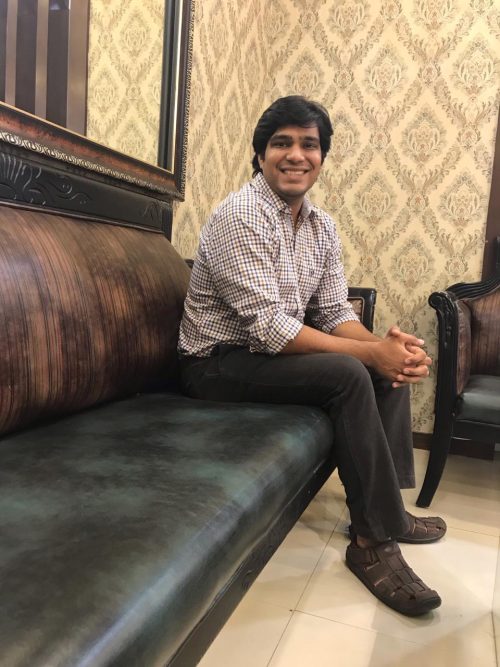 At 33, the last thing Ram was expecting was a heart attack.
At 33, the last thing Ram was expecting was a heart attack.
By this point, my discomfort was hard to hide. My colleagues began to notice something was wrong. The office doctor was called in, took one look at me, and immediately urged them to get me to a hospital — my pulse was dropping fast.
They placed me on a wheeled chair and, in a rush of panic and urgency, rolled me out of the office. Everything around me felt like a blur — voices, footsteps, the cold air — but somewhere deep inside, I knew this was serious.
The hospital was just fifteen minutes away, but it felt like a lifetime. I drifted in and out of consciousness, the world around me fading in and out like a radio losing signal.
Through it all, I kept repeating one thing to myself: breathe… just keep breathing. Each breath felt like a battle, but it was the only thing I could focus on — the only thing I could control.
Wheeled into the emergency room
I was able to comprehend and answer most of the questions that the doctors were asking me. I even remember giving my phone passcode to a colleague so they could call and inform my wife about my condition. My ECG was the first thing that was checked, and that was when they found that I had suffered a heart attack.
I was wheeled into the operating theatre, and an emergency surgery was done. The pain that had started from my left hand had now spread all over my body, and I felt as though I had been given an electric shock. The LAD artery, considered to be one of the three most important coronary arteries in the body, was completely blocked, and the doctors mentioned post-surgery that what I had experienced was a major heart attack.
Immense pain during the surgery
The level of pain I experienced all through is not something that I can even put in words. It was only after about an hour or so post-surgery that I felt some kind of relief from the pain. There were two stents that were placed in the LAD artery as well.
When the angiography was done, there were other blockages also that were found. I had almost 95 per cent blockages in other arteries, and therefore, I was advised to go through yet another angioplasty as soon as possible to fix those blockages as well.
Post the surgeries, I was put on various medications, and I pop in at least ten pills a day now. From medicines for blood pressure to cholesterol and blood thinners, I have been prescribed so many. None of which I needed to take pre-surgery.
I was fairly fit
I wasn’t overweight. I’ve always been lean, and even at the time of the heart attack, my BMI was 25 — well within what’s considered the normal range.
By all outward appearances, I looked healthy. No one — not even I — would’ve guessed that I was at risk. I didn’t fit the image most people have of someone likely to have a heart attack. And that’s exactly what made it so easy to overlook the warning signs.
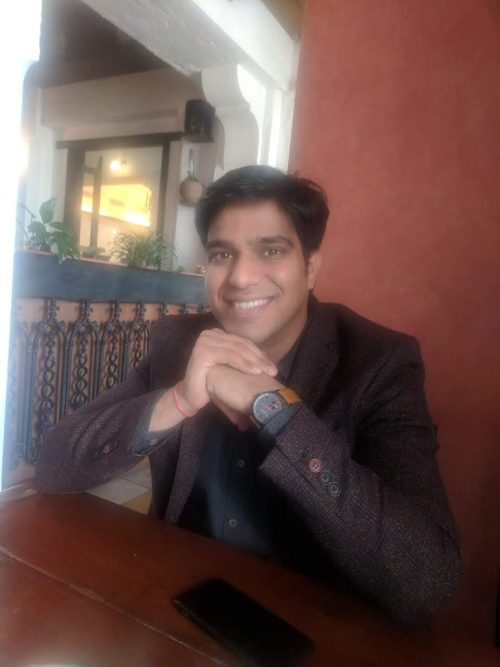 Ram celebrating his 33rd birthday.
Ram celebrating his 33rd birthday.
For a year before my heart attack, I was very regular at the gym, could be able to run on the treadmill, and even my stamina levels were very good. Even a few months before the heart attack, I could comfortably climb up to six floors without huffing and puffing.
I never felt that I had any physical symptoms, especially with regard to my breathing or ability to work out, until two months before the heart attack. I had lost a good amount of weight by doing strength training, weights, and cardio. After the heart attack, my trainers at the gym were surprised and even shocked that I could have gone through something like this.
2 months before the heart attack
Looking back, the signs were there — just easy to ignore. I would often feel lightheaded after small physical movements, like walking from my car to the office building. But the dizziness would fade quickly, so I brushed it off.
There were other things too — a constant feeling of bloating that I didn’t think much of at the time. It’s only now, when I look at old photos, that I can see it clearly. My body had been trying to tell me something — I just wasn’t listening.
Ask ChatGPT
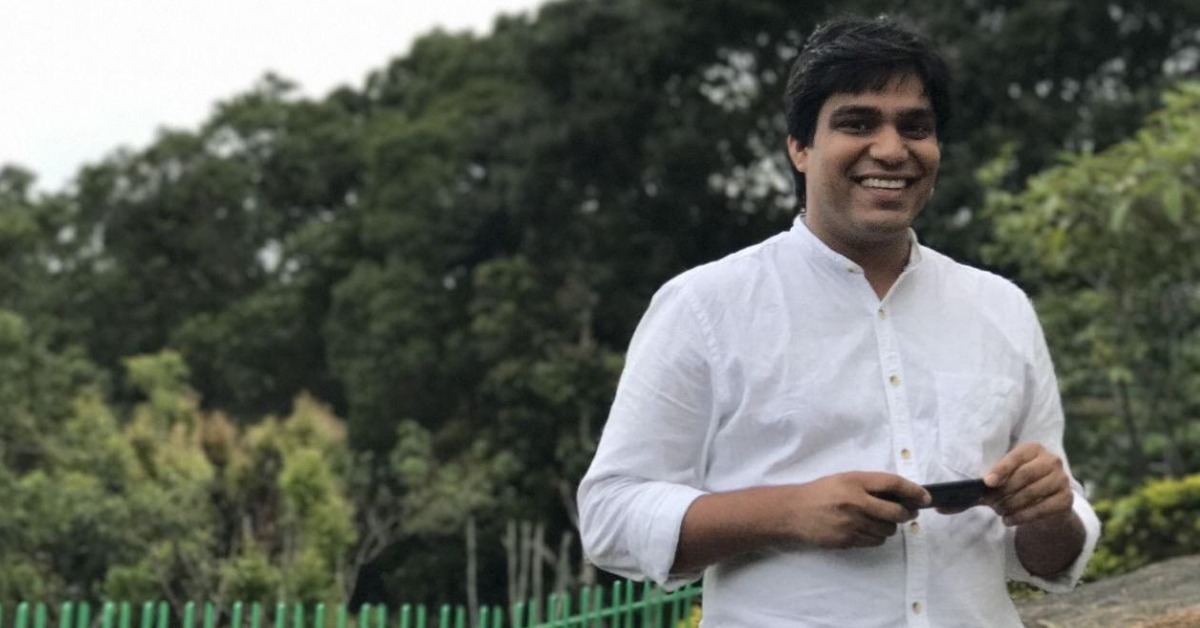 Life was as good as it could be until the heart attack.
Life was as good as it could be until the heart attack.
I also started developing a lot of dark circles around the same time. Frequent headaches during the last three months were also a given. However, all this can also very well be attributed to being a new parent and could be a side effect of not getting enough rest and having to wake up at all odd hours.
For almost seven years, I have been prone to acidity, and that ensured that I ate healthy and had most of my meals at home. I tried not to miss my meals or change the times of the meals too much to ensure that I stayed fine. I did consult a doctor,r and it was diagnosed to be GERD, a gastric-related issue, wherein the stomach produces more acid than needed. With medications, the symptoms would decrease, but it was something that kept coming back.
Later, after my heart attack, doctors mentioned that I was perhaps confusing the angina pain to be acidity.
My biggest takeaway
This entire experience was a harsh reminder of how easily we take our bodies for granted. We grow up believing that serious health issues — especially heart problems — are something that happen only after 40 or 45.
I was mindful about my fitness, careful about what I ate, and did everything I thought was “right.” And yet, I had a heart attack at 33. It shattered the illusion that age or lifestyle alone can shield us from what’s brewing beneath the surface.
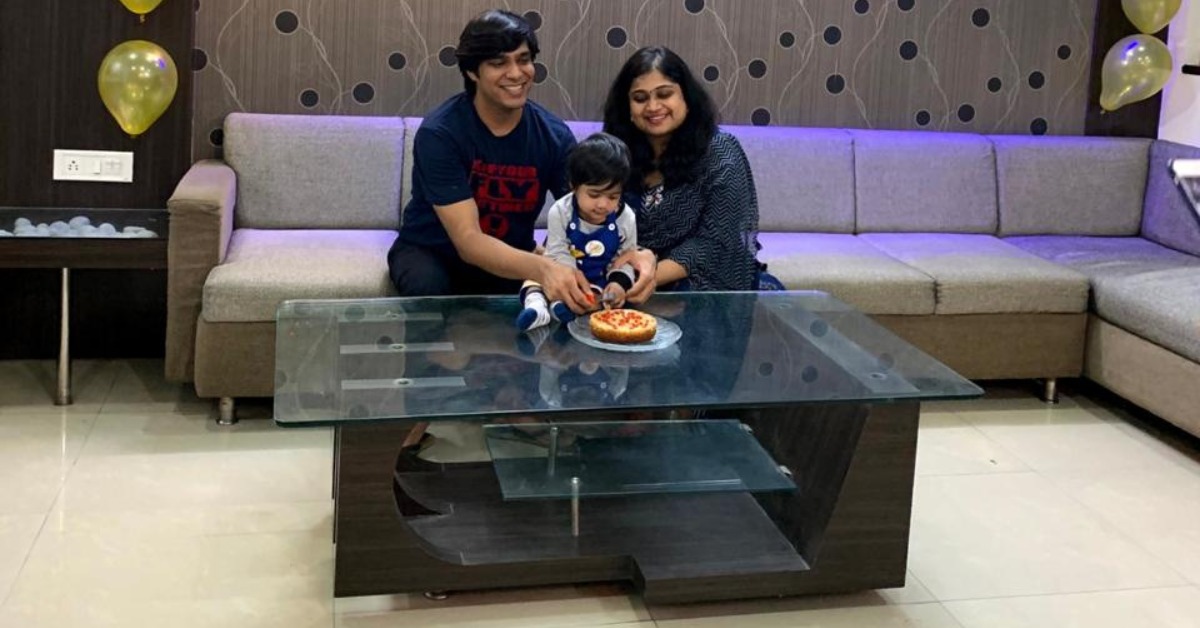 Six months after Ram’s heart attack.
Six months after Ram’s heart attack.
One of the hardest lessons I’ve learnt — and unfortunately, the hard way — is that we often have no idea what’s really happening inside our bodies. A heart attack isn’t just about age. It’s the result of a complex mix of factors — lifestyle, stress, genetics — many of which we tend to overlook until it’s too late.
In a way, it feels like we’re all sitting on a silent time-bomb. Everything seems fine… until one day, it isn’t. The best way to protect yourself is to stay ahead of it — through regular health check-ups, listening to your body, and keeping a close watch on your health parameters.
–As narrated by Ram to Vidya Raja
Doctor speaks
To better understand what exactly happens during a heart attack — and how we can recognise the signs early — The Better India spoke to Dr Subash Chandhar (MD, DM), a practising cardiologist at Venkateswara Hospital, Chennai.
He explains, “During a heart attack, the patient’s heart loses the ability to pump blood only partially and continues with lower efficiency, allowing the first hour for medical aid. However, during a cardiac arrest, the heart stops functioning owing to issues in the electrical system of the heart that disrupt the pumping ability.”
His insights highlight just how critical timely action is — and why understanding the difference between a heart attack and a cardiac arrest could save a life.
Symptoms to watch out for include:
- Extreme fatigue
- Shortness of breath
- Racing heart
- Vomiting
- Nausea
- Dizziness
- Sweating
- Uneasy feeling
Dr Udgeath Dhir, Director and Head, CTVS, Fortis Memorial Research Institute, Gurugram, has this to say:
You could also consider joining India: Heart Attack & Heart Disease Support Group, an online community started by Ram, to help others going through heart concerns.
-Edited By Vinayak Hegde & Leila Badycari Castelino
News